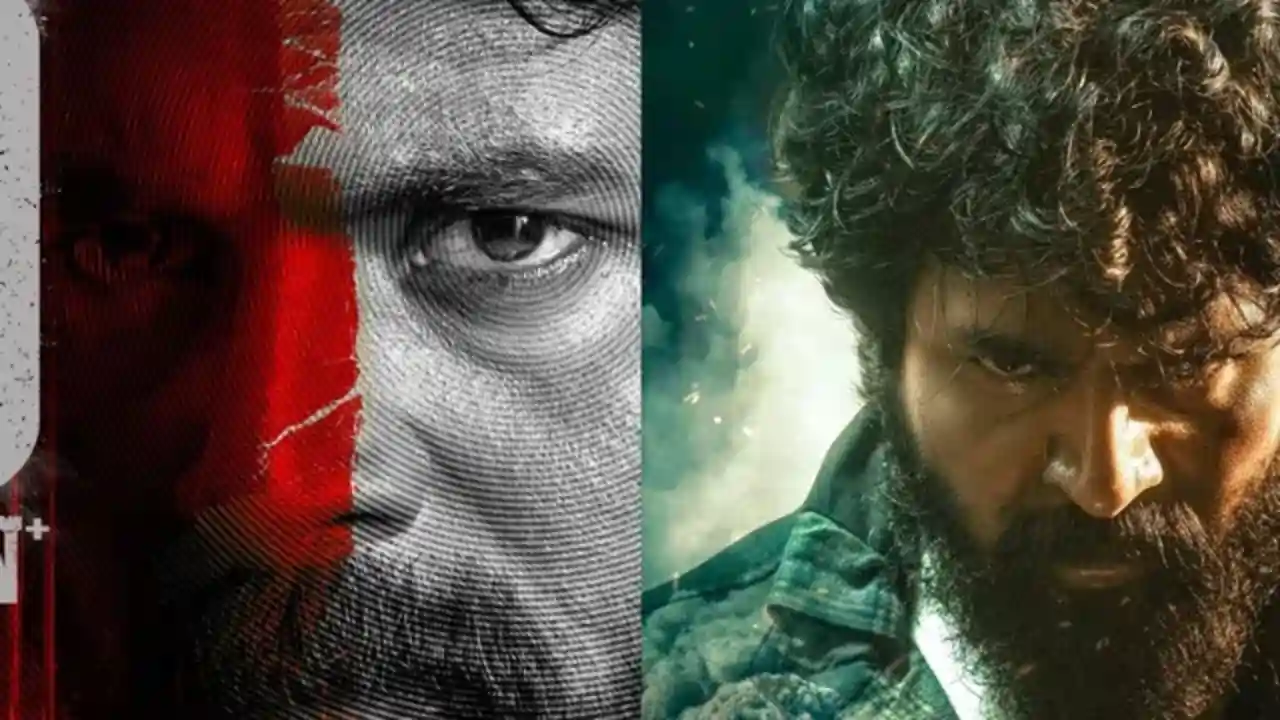
Highest-grossing Indian film earned ₹4000 crore when adjusted for inflation; it's not Sholay, Dangal, Baahubali, or RRR
6 months ago | 5 Views
The average ticket price in India at the cinema was ₹130 for 2023. In big chains like PVR INOX, the figure was close to twice as much. No wonder a film selling 1 crore tickets today earns exponentially more than films selling five times as many tickets 20 years ago. Inflation has ensured that. That is why the list of highest-grossing films is always dominated by recent releases. Case in point: All the top 10 highest-grossing Indian films have been released in the last 10 years.
That is why adjusting films' gross earnings to account for inflation is the only possible way to ascertain their relative 'hitness'. If we do that to some of the biggest blockbusters in Indian cinema history, the tag of 'highest grossing Indian film' moves from Dangal to a classic that 'earned' ₹3650 crore.
Highest-grossing Indian film when adjusted for inflation
Mughal-e-Azam, the epic period drama from K Asif, is one of India's most loved and successful films. Back when it was released in theatres in 1960, the film had earned ₹11 crore worldwide, becoming the highest-grossing Indian film then. Given that the average ticket price in that era was less than a rupee, this was a gargantuan figure. If adjusted for inflation for 2024, the figure would be a massive ₹4000 crore. Mughal-e-Azam is estimated to have sold over 15 crore tickets worldwide during its run, an unthinkable number today (Jawan sold 5 crore in comparison). The craze for the film was so high that some tickets at Mumbai's Maratha Mandir were sold in black for as high as ₹100 (as high as ₹9000 today).

The films Mughal-e-Azam beat
The list of highest-grossing Indian films changes as soon as inflation-adjusted values are calculated. Modern hits are replaced by blockbusters from the 70s and 60s. At the second spot is another classic - Sholay. The Curry Western has earned ₹30 crore in its various runs since 1975, but its inflation-adjusted gross comes out to ₹3090 crore today. Aamir Khan's Dangal - courtesy of its blockbuster China run - sits in the third spot with a ₹2920 crore nominal gross. Other films in the top ten include Baahubali The Conclusion, Mother India, Hum Aapke Hain Koun, Dilwale Dulhania Le Jayenge, and Awara, all of which earned over ₹2000 crore when adjusted for inflation. Rounding up the top 10 are two films that were huge hits in Soviet Russia - Disco Dancer ( ₹1820 crore) and Bobby ( ₹1700 crore).
How these numbers were calculated
In India, box office figures are not always straightforward or transparent. Historically, producers and exhibitors have differed in how to calculate earnings, using everything from footfalls and distributor share to net or gross earnings. This article uses footfall figures from credible sources like Box Office India and old news archives. It also uses reports of box office figures from publications like Forbes, The Hindu, Mint, and Business Standard and takes into account exchange rate changes of major currencies like the dollar, pound, rouble, euro and yuan.
Most Indian films have done well in markets like the US, UK, Russia, Japan, and China, where inflation rates have been different from India. We have also referenced peer-reviewed articles from the University of British Columbia that charted historical exchange rates and inflation. All of this combines to give us an indication of the range in which a film's earnings are likely to increase over time. For instance, if a film released in 1960 earned ₹1 crore, it equals ₹330-380 crore today. But a film released in 1995 would have had to earn ₹35-40 crore to reach the same mark.
HOW DID YOU LIKE THIS ARTICLE? CHOOSE YOUR EMOTICON !
#










.webp)









